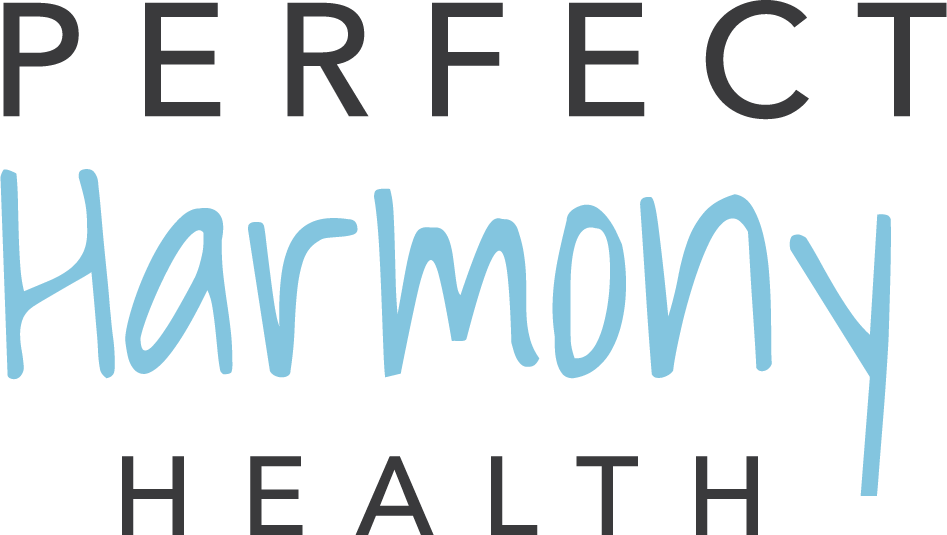Therapeutic Singing During the Holidays
As we quickly approach the holiday season, music is everywhere. We sing at parties, family gatherings, for traditions, and more. When we decorate our Christmas tree or when we light our Hanukkiah, singing brings people together. When we think of the holidays, we might even think of our favorite holiday songs that we look forward to hearing on the radio or on our favorite Spotify playlist. No matter where we hear it, these songs that we hold so dear to our hearts can also have therapeutic effects.
Therapeutic Singing (TS)® is defined as, “the more generalized use of singing activities for a variety of therapeutic purposes,” (Thaut, 2005). These purposes that Dr. Thaut speaks of pertain to speech fluency, articulation, volume, breath control, and speech inflection just to name a few. These goals can be worked on in groups or individually in sessions. Therapeutic singing also involves multiple Neurologic Music Therapy (NMT)® techniques, such as Oral Motor and Respiratory Exercises (OMREX)® and Vocal Intonation Therapy (VIT)®. Rhythmic Speech Cueing (RSC)®, can also work as an associated technique to help with speech. Together, these techniques can work on multiple goals pertaining to client success.
In Perfect Harmony Health’s “Singing With Parkinson’s Choir,” the main goals achieved are breath control, articulation, speech fluency, and volume. Parkinson’s Disease is defined as a progressive nervous system disorder that affects the parts of the body controlled by nerves. Symptoms can include slurred speech, muscle rigidity, tremors, loss of automatic movements, and speech changes. Through therapeutic singing, clients have the opportunity to preserve their speech and healthy breathing which can transfer to daily life skills. These can be achieved through Oral Motor and Respiratory Exercises (OMREX)® exercises, where clients train their breathing through deep and full inhales to be able to sustain their breath through long phrases. After some of these warm-ups and exercises, the clients can transfer this skill to therapeutic singing. We observe an example of this in “Deck the Halls.” In a session setting, the client would have to engage and sustain a large enough breath to sing, “Deck the Halls with boughs of holly, Fa la la la la la la la la.” This phrase spans over 4 measures, which is classified as a long phrase. To add an extra challenge, the song can be played at different tempos. The slower the song, the longer the client has to sustain their breath, which is a good exercise to practice for breathing skills. For those without Parkinson’s Disease who may be reading, the length of this phrase can seem fairly easy to sing. However, with a progressive disease such as Parkinson’s Disease, it can present a challenge, but these techniques can help by preserving healthy breathing techniques.
Another example of a goal that could be achieved through singing would be to improve speech fluency. Rhythmic Speech Cueing (RSC)® is a NMT technique that improves fluency, articulation, and intelligibility of speech. Although it is not classified under Therapeutic Singing (TS)®, it still can involve singing while helping clients reach these goals. For those with speech disorders, some individuals in the autism community, traumatic brain injury individuals, and more, RSC® and TS® can be a great way to obtain these goals. As an example, a Neurologic Music Therapist (NMT)® would select a song of the client’s choice, and start at the client’s baseline tempo. From here, the NMT® and the client will pat their leg to the beat while speaking the lyrics to help improve the brain-to-motor control connection. For example, if the client chose “The Christmas Song,” which is 68 bpm, the NMT® would slow this tempo down to the client’s baseline and tap the beat while speaking the lyrics. To make this a transferable skill, the NMT® would take a common phrase out of this song such as, “Merry Christmas to you,” so that the client can apply it to their life and say it to loved ones. If the client’s goal was to improve speech fluency by increasing their words per minute (wpm) rate, the client would start at their baseline rate and gradually increase their natural speech rate.
Another possible goal would be to increase verbalizations. For some non-verbal individuals with Autism, words can be difficult to vocalize due to their high baseline of neural activity. By using Developmental Speech and Language Training through Music (DSLM)®, another NMT® technique, expectation in familiar songs can be a great tool to increase verbalizations. A holiday song example could be “Dreidel Dreidel Dreidel.” If this is a client-preferred song, the client would be familiar with the lyrics. The NMT® can support the client musically with a piano or guitar and leave blanks for the client to fill. If the MT sang, “Dreidel dreidel dreidel, I made it out of _______,” the client will most likely respond with “clay,” as the correct lyric. This communication technique could be used as a great foundational skill that would transfer into vocalizing more and more words over time.
Overall, music is a great tool to use as a support for countless diagnoses and conditions. Especially over the holidays, many classic holiday songs are used in sessions for therapeutic singing towards individually tailored goals and objectives. As we begin this holiday season, think of how many functional ways we can apply music to help our loved ones! Because these techniques must be conducted by a certified music therapist, please continue to advocate for music therapy this holiday season and share the importance of music therapy with your friends and family!
References
Mayo Clinic Staff. (2023, May 26). Parkinson's disease - Symptoms and causes. Mayo Clinic. https://www.mayoclinic.org/diseases-conditions/parkinsons-disease/symptoms-causes/syc-20376055
Thaut, M., & Hoemberg, V. (2014). Handbook of Neurologic music therapy (1st ed.). Oxford University Press, USA.

